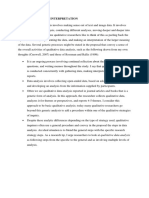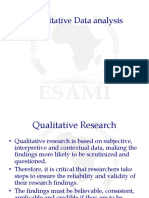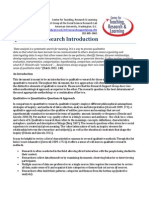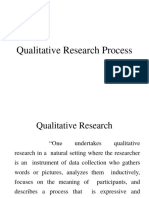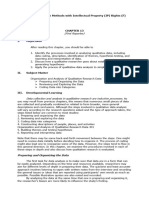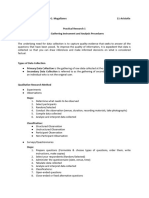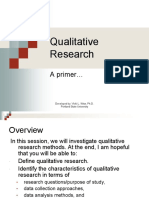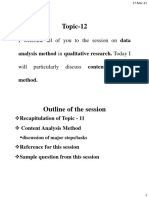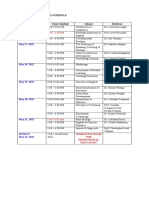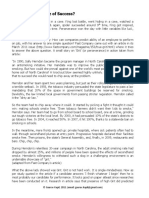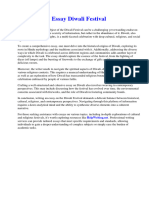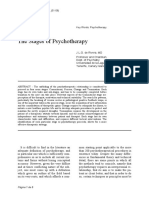0% found this document useful (0 votes)
24 views16 pagesQualitative Data Analysis
The document outlines qualitative data analysis methods, emphasizing the importance of data reduction, display, and drawing conclusions. It details the coding process, reliability and validity in qualitative research, and methods for ensuring trustworthiness. Additionally, it introduces various types of qualitative research and other methods for gathering and analyzing qualitative data.
Uploaded by
ArRin ZatiKyCopyright
© © All Rights Reserved
We take content rights seriously. If you suspect this is your content, claim it here.
Available Formats
Download as PDF, TXT or read online on Scribd
0% found this document useful (0 votes)
24 views16 pagesQualitative Data Analysis
The document outlines qualitative data analysis methods, emphasizing the importance of data reduction, display, and drawing conclusions. It details the coding process, reliability and validity in qualitative research, and methods for ensuring trustworthiness. Additionally, it introduces various types of qualitative research and other methods for gathering and analyzing qualitative data.
Uploaded by
ArRin ZatiKyCopyright
© © All Rights Reserved
We take content rights seriously. If you suspect this is your content, claim it here.
Available Formats
Download as PDF, TXT or read online on Scribd
/ 16


